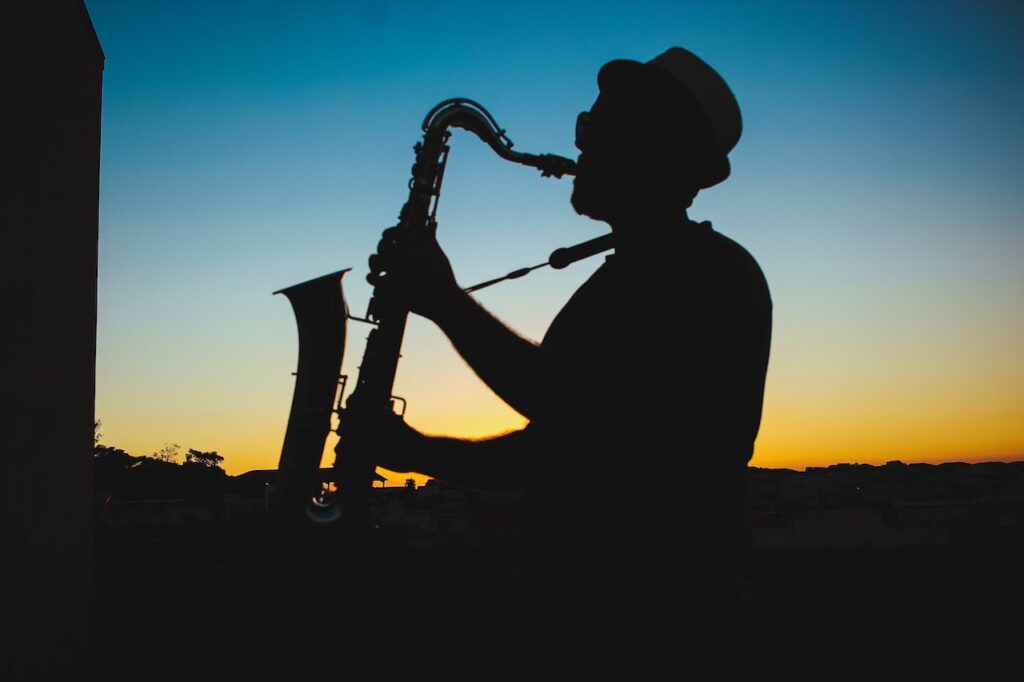A Celebration of Jazz
Jazz. Just the word itself evokes vibrant and rhythmic energy, conjuring images of smoky nightclubs, sizzling trumpets, and musicians lost in the ecstatic embrace of improvisation. It is a genre that has captivated hearts and minds for over a century, leaving an indelible mark on the world of music. In this article, we embark on a journey to celebrate the rich history and diverse styles of jazz, unraveling the essence of this extraordinary musical form.
Origins: A Melting Pot of Sounds
To understand jazz, we must delve into its origins, which lie in the African-American communities of New Orleans in the late 19th and early 20th centuries. Born out of a fusion of African rhythms, European classical music, and the blues, jazz became a symbol of cultural diversity and liberation. It was the musical embodiment of a vibrant society, where different cultures blended together to create something entirely new.
The New Orleans sound, known as Dixieland or Traditional Jazz, emerged as the first recognizable style of jazz. It featured a collective improvisation by a small ensemble, with instruments like the trumpet, clarinet, trombone, piano, bass, and drums working in perfect harmony. This exuberant and joyous music found its way onto the streets, captivating audiences and setting the stage for jazz’s unstoppable rise.
Swinging into the Big Band Era
As jazz spread its wings, it found a new home in the big cities of America. The roaring 1920s ushered in the era of speakeasies and dance halls, where jazz was the heartbeat of the party. It was during this time that the Big Band sound emerged, with larger ensembles featuring sections of saxophones, trumpets, trombones, and a rhythm section. Led by legendary bandleaders like Duke Ellington, Count Basie, and Benny Goodman, big bands swung with a pulsating energy that swept audiences off their feet.
The Swing Era of the 1930s and ’40s was characterized by infectious melodies, precise arrangements, and danceable rhythms. It was the age of the Lindy Hop and the Jitterbug, where couples twirled and spun to the intoxicating sounds of jazz. The music provided solace and inspiration during the trying times of the Great Depression and World War II, lifting spirits and offering an escape from the harsh realities of life.
Bebop and Beyond: A Revolution in Jazz
As the 1940s rolled in, a new generation of musicians pushed the boundaries of jazz even further. Bebop emerged as a radical departure from the swing style, embracing complex harmonies, fast tempos, and intricate improvisation. Pioneers like Charlie Parker, Dizzy Gillespie, and Thelonious Monk took jazz into uncharted territory, challenging the status quo and demanding attention with their virtuosic performances.
Bebop marked a turning point in the history of jazz, showcasing the individual brilliance of musicians and their commitment to artistic innovation. It was a music of rebellion, crafted by musicians who sought to break free from the confines of commercialism and create something truly unique. Bebop laid the groundwork for subsequent jazz movements, inspiring countless musicians to experiment with different styles and push the boundaries of their art.
Exploring Jazz’s Many Faces: From Cool to Fusion
In the 1950s and ’60s, jazz continued to evolve and diversify. The Cool Jazz movement emerged, characterized by a more relaxed and understated sound. Artists like Miles Davis, Dave Brubeck, and Chet Baker embraced modal harmonies and a laid-back approach, creating music that was both sophisticated and introspective. Cool Jazz became the soundtrack for late-night gatherings and moments of quiet contemplation.
The 1960s also witnessed the birth of Free Jazz, a daring and avant-garde style that discarded conventional song structures and embraced improvisation to its fullest extent. Artists like Ornette Coleman, Cecil Taylor, and John Coltrane pushed the boundaries of what was considered acceptable in jazz, exploring new sounds, textures, and emotions.
In the 1970s and beyond, jazz fused with other genres, giving birth to a myriad of styles. Jazz-Rock Fusion combined jazz improvisation with the power and energy of rock music, as exemplified by bands like Weather Report and Mahavishnu Orchestra. Latin Jazz infused Afro-Cuban rhythms with jazz harmonies, creating a vibrant and infectious sound that reverberated around the world.
The Legacy Lives On Jazz in the Present Day
Today, jazz continues to evolve and thrive, carrying with it the weight of its rich history while embracing the influences of contemporary music. Artists like Kamasi Washington, Robert Glasper, and Esperanza Spalding are pushing the boundaries of jazz, infusing it with elements of hip-hop, R&B, and electronic music. They are keeping the spirit of improvisation alive while creating a fresh and relevant sound that resonates with a new generation of listeners.
Jazz festivals, such as the Newport Jazz Festival and the Montreux Jazz Festival, provide platforms for established musicians and emerging talent to share their artistry with the world. These gatherings celebrate the diversity of jazz and its power to unite people from different cultures and backgrounds.
Conclusion
The captivating journey through the rich history and diverse styles of this extraordinary musical genre has revealed a tapestry of emotions, stories, and rhythms that continue to resonate with people worldwide. From its origins in the vibrant streets of New Orleans to its evolution into a global phenomenon, jazz has transcended boundaries and defied categorization, constantly reinventing itself while staying true to its roots. Its legacy lives on through the innovative artists who push the boundaries of the genre and the vibrant festivals that celebrate its enduring spirit. As we celebrate the celebration of jazz, we honor its transformative power and its ability to bring people together, reminding us of the boundless creativity and limitless possibilities of human expression.

